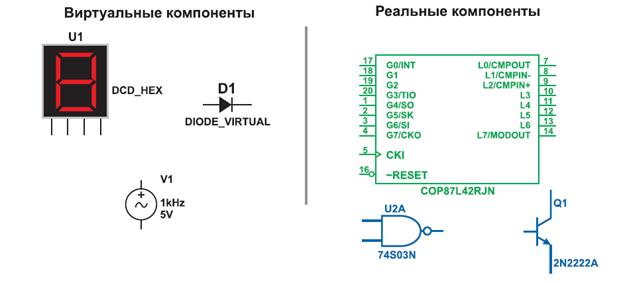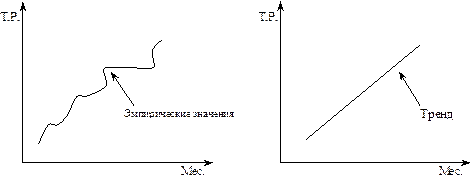Solutions
USP defines solutions as liquid preparations that contain one or more chemical substances dissolved (i.e., molecularly dispersed) in a suitable solvent or mutually miscible solvents. Although the uniformity of drug dosage in a solution can be assumed, such parameters as stability, pH, and solubility of the drug or excipients, taste (for oral solutions), and packaging need to be considered. There are two major types of solutions, sterile parenteral and ophthalmic solutions, and nonsterile solutions, including oral, topical, and otic solutions. Solutions are the easiest of the dosage forms to compound as long as a few general rules are observed, e.g., an optimal solvent for each drug or chemical is chosen, and compatibility of the ingredients is considered. Thus, the solubility characteristics of each drug or chemical must be known. Many pharmaceuticals are simply solutions of a medicament in water, alcohol, ether, glycerin, or some other solvent. Various flavoured waters (e.g., chlorophorm or peppermint water) may also be used as solvents. After mixing, many solutions require additional treatment such as sterilization or addition of antimicrobial agents, stabilizers, or buffers. Spirits are solutions of volatile substances in alcoholor a mixture of water and alcohol. Elixirs are clear, sweetened hydroalcoholic liquids for oral use, usually containing potent drugs, or drugs with unpleasant taste. Simple elixirs are prepared by solution, while those made from plant drugs are produced by maceration or percolation (described below). Tinctures, solutions of a nonvolatile substance in alcohol or a mixture of water and alcohol, are manufactured by simple solution, maceration, or percolation. In maceration, the drug, suitably prepared, is placed, together with the extracting solvent (known as the menstruum) in a closed vessel and left for a defined period, usually three to seven days, with occasional shaking. The product is then filtered, the residue on the filter (known as marc) is pressed to avoid loss, and the mixed filtrates are clarified either by subsidence (settling out) or filtration. In percolation, the powdered drug is moistened with the extracting solvent, allowed to stand for a defined period, and then carefully packed in a conical or cylindrical vessel with a perforated false bottom and a tap at the base known as a percolator. Sufficient extracting solvent is added to saturate the drug, and, when the liquid begins to drip from the percolator, the tap is closed and sufficient solvent added to form a layer above the drug. Maceration is then allowed to proceed for a defined period (usually 24 hours), followed by slow percolation, more solvent being added as necessary, until the desired volume of percolate is obtained, which is then clarified by subsidence or filtration. Fluid extracts are solutions, in alcohol, water, ether,or a mixture of these, of the active part of a vegetable drug so prepared that one cubic centimetre of extract has the same strength as one gram of the dry drug. More concentrated than tinctures, fluid extracts are made by percolation or maceration. Numerous other types of solutions are used in pharmacy, such as collodions (viscous liquids for external application usually consisting of a drug in oil or soap solution). Some drugs cannot be given orally, because they are decomposed by the digestive processes; these drugs must be administered by injection, intravenously, intramuscularly or subcutaneously (under the skin). It is imperative that such injection solutions be free from microorganisms or toxic agents; other pharmaceutical preparations that must be sterile include eye drops, eye lotions, and eye ointments.
II.3. Найдите в тексте причастие 1 и 2 и определите их функции. Переведите эти предложения, в которых есть причастия. II.4. Найдите в тексте ответы на следующие вопросы. 1. What is a pharmaceutical solution? 2. What parameters should be considered in preparing solutions? 3. According to what parameter are the solutions divided? 4. Name the three methods of preparing solutions. 5. Describe the maceration method. 6. Which is a slower method, maceration or percolation? 7. What is the difference between tinctures and fluid extracts tinctures and spirits? 8. Why can some drugs NOT be administered orally? 9. What requirement must all injection solutions meet?
II.5. Соедините следующие слова в пары синонимов: a tap, to settle, to place, marc, to wet, sufficient, to put, liquid, residue, percolator, fluid, enough, clarified, to moisten, clear, to subside.
II.6. Образуйте как можно больше производных от следующих глаголов и существительных: to prepare; to compose; to pack; a solute; alcohol; taste; to mix.
II.7. Сравните следующие пары слов. Назовите пары слов, обозначающие: а) одно и то же; б) схожие явления; в) разные явления. adsorption absorption lyophilic lyophobic hydrophilic hydrophobic interaction interreaction precipitate residue valence valency II.8. Ознакомьтесь со словами к тексту В.
II.9. Прочтите и переведите текст В. Text В
|




